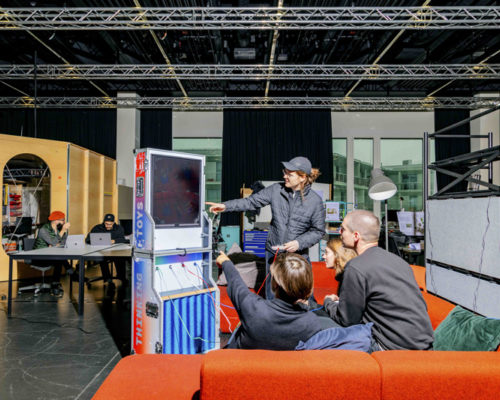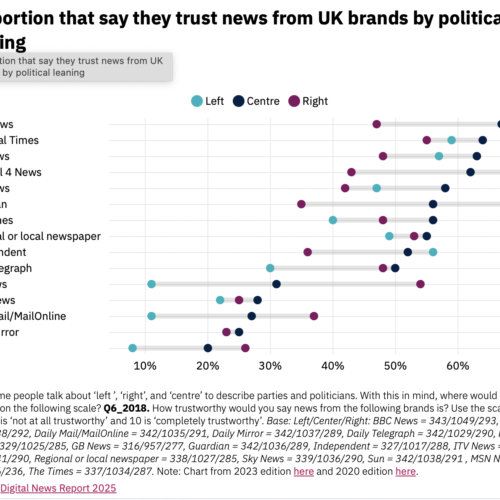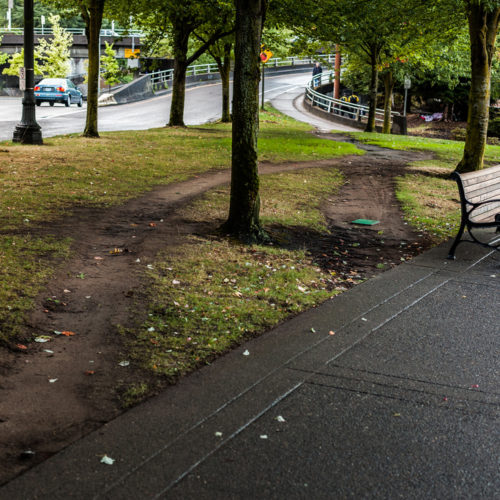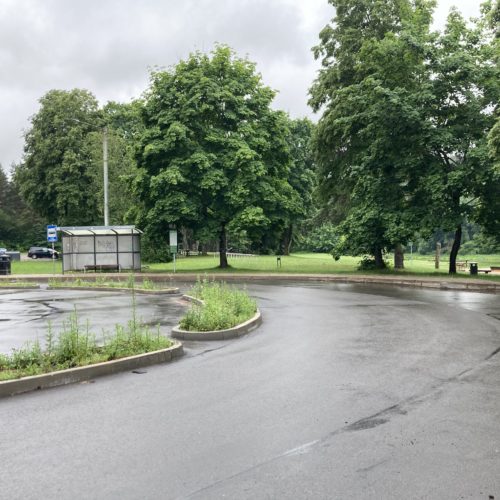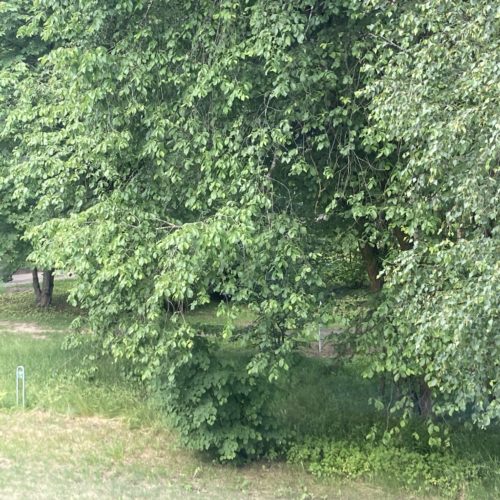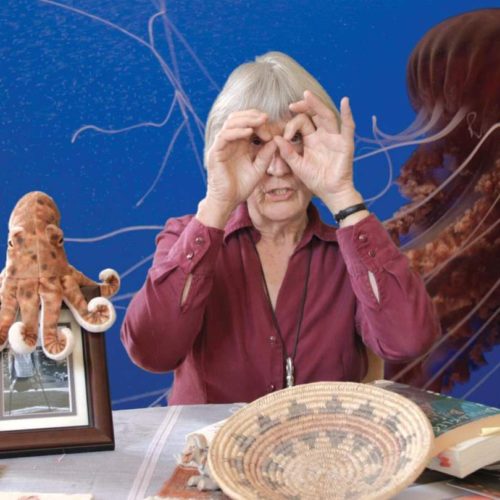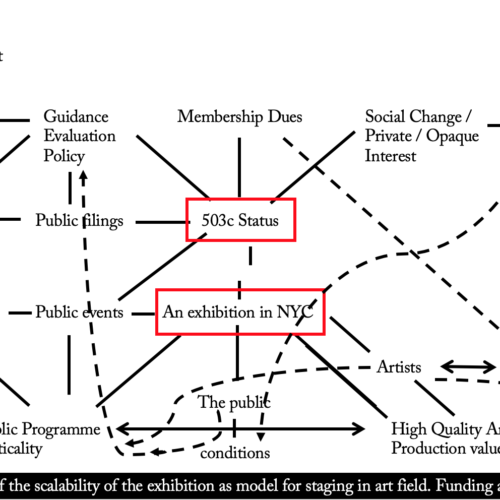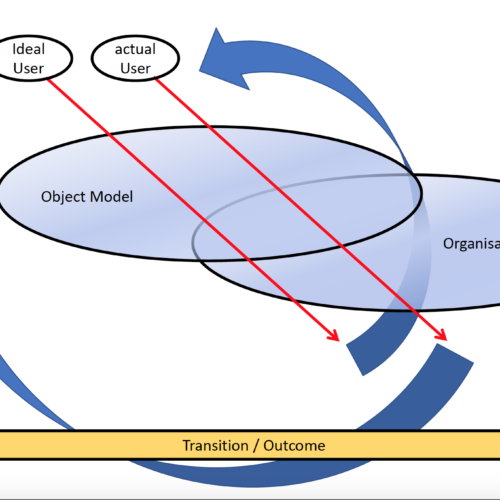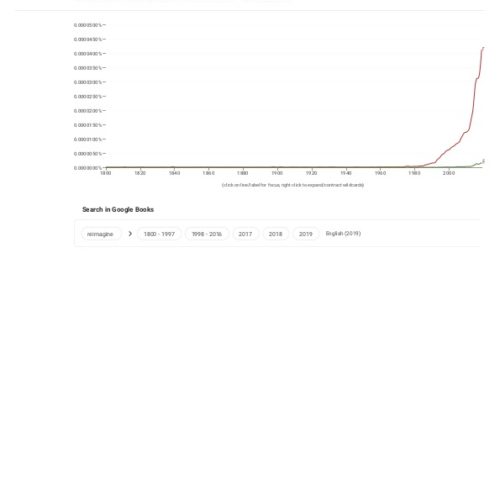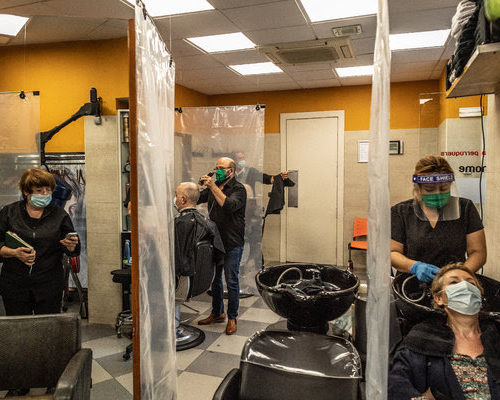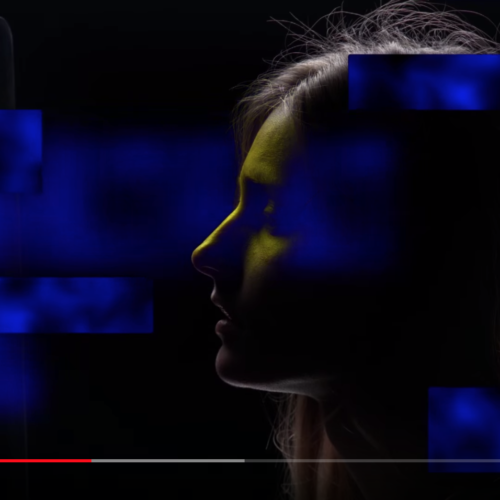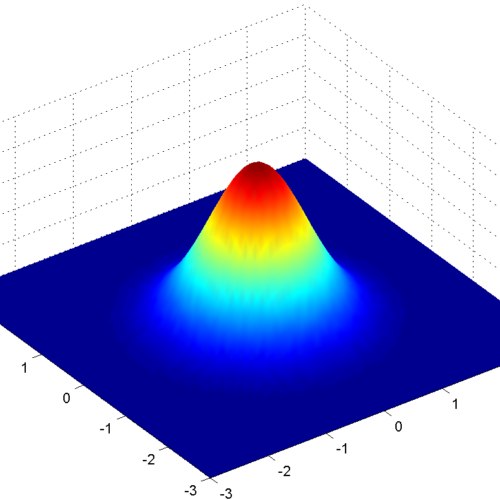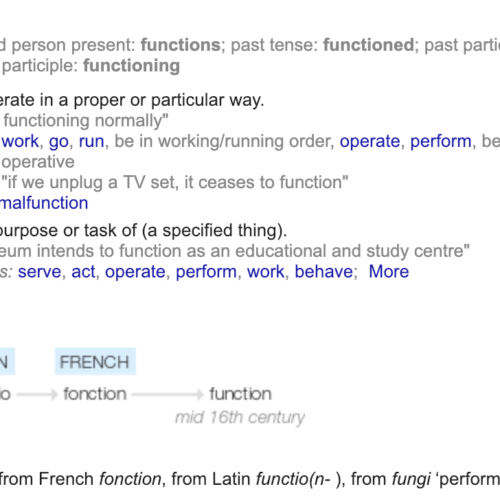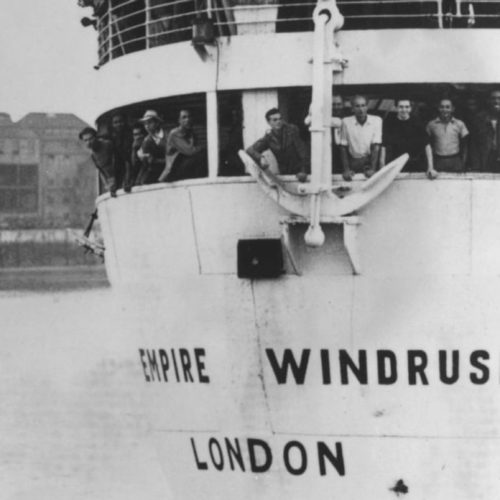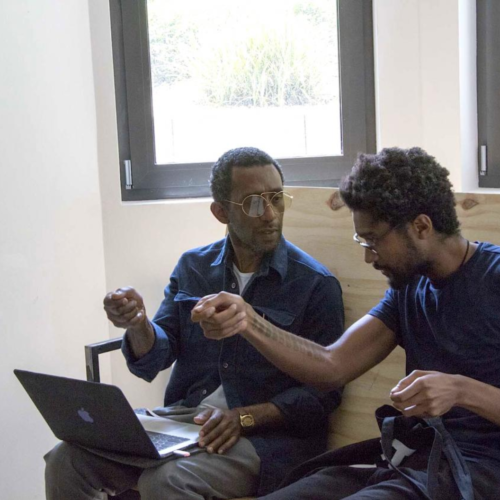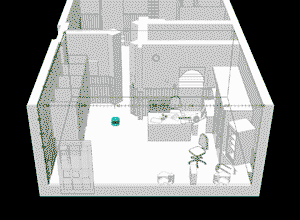10.11.2025
How to model contemporary arts teaching after contemporary art: Arts teaching and indexing
As I embark on planning and working across the school of Art and Design to co-develop a new future-oriented, practice-focused contextual studies module, I am re-posting this blog I originally wrote in 2019 written as I was teaching at Goldsmiths, University of London and undertaking a PhD. * How to model contemporary arts teaching after contemporary art, and after the marketisation of universities means that students expect authentically delivered, authentically now content? The skill of teaching is not simply in having the right content, or being able to speak for or from it, but in how you create the conditions […]
Information war
A quick post which will be more topical than usual, but which is relevant to the overall drift of this blog. Specifically, it is on the current ‘scandal’ surrounding the BBC Panorama edit of Donald Trump’s Jan 6th speech, which conflated two parts of the speech from 50 minutes apart. Of course, in creating the impression that Trump was more direct in calling for violence at the Capitol than was actually implied, a grave and stupid editorial errors was made. This is an especially serious mistake for the BBC which is built on an in reality extremely difficult to actually […]
17.09.2025
Two kinds of closure – narrative and ‘infrastructure’
Story telling, or narrative accounts of the relationships, often complexly layered, increasingly constitute our understanding and experience of being ecologically and technologically embedded. All the discourse and jargon that goes with that, systems, etc. And I said to them, but where do you see that system empirically? Show me where you see that. So what are we talking about? And so you get them to rethink the paradigm with which they’ve come in, and get them to start piecing together what they see. Tack from the macro to the micro, the other way around, start with the micro, […]
14.06.2024
Infrastructure for being outside
Perhaps it is the fresh eyes of being somewhere new, but perhaps it is what I always feel on continental Europe, but one thing its hard not to notice the emphasis in the built environment on supporting living well out in the open. This might be the prevailance of trees, of manually built/scaled street infrastructure (steps, walls, pavements, built of hand-sized rock) and the low-managed edge spaces and greenery in this infrastructure. But it is also the adventure parks, the river swimming infrastructure (changing cabins), open access forest with foraging minutes from the city, the BBQs. True, other cities have […]
13.06.2024
Broad terms
Today’s blog is about positioning infrastructural culture research (and the PPC research area) in its broadest terms. (Sub themes and projects deal with specific points of entry, methodology, theme, question, approach and so on.) Basic idea of this research area is that the current critical, practical and cultural ideas of infrastructure are not enough for the requirements to re-think and re-make the current models and worldings of ‘planetarity’. The planetary, and the more-than human, are idea key to understanding that infrastructure is the necessary interface between societies and ecologies (i.e., the frame by which we can truly live at systemic […]
12.06.2024
Residency post 1 – Harraway – Funny Stories
This is the first post written while on Residency at Rupert in Lithuania, June 2024. Hopefully, this can be a space for the thinking that happens, but which is outside of the specific things I want to try and get done / written. They can be read as thoughts in formation or as notes towards later texts. — Perhaps to my own shame, I hadn’t known how funny Donna Harraway is. Last night, I went to a screening of Fabrizio Terranova’s 2016 film-length interview, DONNA HARAWAY: STORY TELLING FOR EARTHLY SURVIVAL at Alt Labs / Sodas 2123 in Vilnius, Lithuania. […]
31.08.2023
Sunk costs; sunk styling
“Gender is in no way a stable identity or locus of agency from which various acts proceed; rather, it is an identity tenuously constituted in time—an identity instituted through a stylized repetition of acts.” (Butler, 1988, 519)[*] “Performativity cannot be understood outside of a process of iterability, a regularized and constrained repetition of norms. And this repetition is not performed by a subject; this repetition is what enables a subject and constitutes the temporal condition for the subject. This iterability implies that performance’ is not a singular act’ or event, but a ritualized production, a ritual reiterated under and […]
04.03.2021
Diagrams — draft: the art stack, attempt 1 — 3.
Really basic draft of an art stack, a base layer for a workshop, and centring on the question of conditions for scalability for the exhibition: why it is required to be, and how it is kept in certain scalable forms — and how we might be begin to work on other scales, scalar patterns, and interrelations than those which determine repeatable, scalable forms such as the exhibition and art works. Addressing these questions are central to the ability of art to intervene on infrastructural imaginaries, and assemblages. Required for context: – Anna Tsing’s work on scalability: the ability to expand […]
25.02.2021
Diagrams — modelling change – other examples — 3.
Ongoing research: not endorsements of content. * Indy Johar: “Transitioning towards a 21st Century economy” – https://twitter.com/indy_johar/status/1328611058798440448 . “The capacity to think & act for the long term is a modern privilege for the few. In an age of persistent precariousness, we the many was stuck in short termism and mal-consumption to feed and sustain our fragilities” – https://twitter.com/indy_johar/status/1328611058798440448 (see also: https://provocations.darkmatterlabs.org) How to structure interdependence as condition. Simple stack diagramming and intervention targeting (levels) as well as stack transitions / outcomes (red line). * Patricia Reed: “End of the world pedagogies” Making and Breaking – https://makingandbreaking.org/article/the-end-of-a-world-and-its-pedagogies/ “INSUPPRESSIBLE FRICTIONS […]
16.02.2021
Changing what infrastructure means: Instituting critical models of infrastructural practice — Working Abstract 2021
My thesis posits the necessary changes to the field of art if it is to support, articulate and pattern interventions into the operations, conditions and imaginaries of infrastructure. It uses the work of architects Assemble, research agency Forensic Architecture and curatorial project Primer as case studies in a wider field of practices that engage art as a productive part of such interventions. However, where existing discourse in art do not adequately account for how art is used, focuses power, as well as normative models as part of making infrastructure, and where infrastructure studies are limited with respect to the meaning […]
04.02.2021
Diagrams – moving through the pattern, infrastructural performativity – 2. Infrastructure as practice
In this working diagram I attempt to explore how we might model (at a level of great of abstraction) the performative practicing of infrastructure. (It is developed in chapter 2.) This model is a departure from approaches to infrastructure that look to represent or describe anthropological effects, material/media conditions and consturctions for infrastructure, or to assemblages to abstract and describe infrastructure in ways that tie manifestation of infrastructure to specific conditions at the cost of a general model; looking to practice as a means of jointing these fields and opening up the knotty question of what it means to invent […]
14.01.2021
Diagrams – indicators, levels, methods of close not deep, process – 1. Ngam
In this series of posts I am publishing/sharing some working and research diagrams which are helpful in articulating some key problems and methodological questions when researching infrastructure. While they relate to general questions when studying infrastructure, I am especially interested in how they can be and indeed must be developed for the increasingly complex, systemic infrastructures of staging, publicising, meaning making and mediation as they interpenetrate with the cultural infrastructures of the field of art, design and architecture. These problems are familiar, if not fully discussed in the frame described above, and include: The problem of indicators and levels (Star, […]
12.01.2021
A right to infrastructure?
Do we have an inherent right to infrastructure like Twitter? I’m going to say not exactly. To say this is to attempt to engage in the ways that privatised and corporatised social media operate as infrastructure by claiming to offer access as a right — often under the guise of ‘democratisation’ — but in so doing, erode the concept of a right — precisely by the specific ways it detaches the concept from its material support. This is not say that relationship between the conceptual content of a right has ever been equally or fairly applied in relation to the […]
16.12.2020
User imaginaries — sketching a method for seeing infrastructure in action in the figure.
As ethnographer of infrastructure Susan Leigh Star describes, the relationality of infrastructure makes for particular difficulties when the boring and mundane traces of its everyday use and operation scale up into the working, socially-interoperational and embedded infrastructures at issue (1999).[1] To consider the quickly-scaling and complexifying relations that make up, not only infrastructural design and assemblage work, but also its maintenance, use and promise,[2] infrastructural study quickly becomes not only difficult, but physically and conceptually overwhelming. Could one really visit every part and permutation of an infrastructure one is looking at? How does one study action at a distance? What […]
18.05.2020
Art as a function of infrastructure
While the overall coda of the research I have undertaken could be framed through the question: how to curate infrastructure (how to understand the fields, actions, operations and interconnections of infrastructure, its promises, aims, worlds and how this interacts with more established question in curating/the curatorial — and how that practice and modes such as the exhibition fit in, or not)? A key, and we might say first order problem is how art can operate as a function of infrastructure: that is technically and aesthetically, symbolically and operationally. These further questions are what will allow a move from those position […]
05.05.2020
When will this get back to normal?
Some thoughts on an outline of the current covid-crisis and thinking infrastructurally. If anything this text is about getting thoughts in order in the midst of the fear and the isolation and the unknown. To say this crisis is a perfect example of the power and the weakness of current infrastructural analysis is not to disassociate from the deep sadness that unfurls in the presence of the covid-crisis. Rather, it is to reflect on how the human impact is ongoingly pulled through infrastructure and how this makes calls for change difficult to address. Putting a stop to much of […]
19.12.2019
Turner Prize 2019
My feelings on the 2019 Turner prize and the nominees’ (Lawrence Abu Hamdan, Helen Cammock, Oscar Murillo and Tai Shani) request to be recognised collectively move between its challenging of artistic individualism and its acceptance. The artists did accept the terms of the prize — both nomination, and now all winning and taking that forward. True, they will split the prize, but they did not jeopardise the possibility that their nomination would not be converted in to the cachet. True, they leveraged this position to challenge the terms of the prize, forming an alliance or platform against which the judges […]
03.04.2019
Belief in anything – Politics of nothing — The infrastructural void
What does infrastructure institute? One thing that can be said today is that it is possible to believe in anything, to trust nothing (but what one believes), and that Politics is increasingly seen as impotent in the face of large infrastructural issues (Fake news, social media, Brexit, Climate change, etc.). I’d suggest that this has to do with the specifically neoliberal variant of global infrastructural development that has accompanied the post-War and post-colonial period. With its fantasies of “seamless interoperability,” (Rossiter, 2017, xvii) at the conceptual level and — at a structural level — the structural results of the realisation […]
01.04.2019
Fragmentation and denial
This is really only a note, but I wanted to get something down before forgetting. It has to do with the capacity for denial that comes with infrastructure: this comes with both the notion of infrastructure as a unified, “seamless” whole (see: Rossiter, 2017, xvii); and that infrastructures rather create a fragmented series of worlds which can be reassembled as “accidental” wholes. (See Bratton, 2015, 8) Both of these states are facilitated by the principle/constraint iterable inter-operability that means infrastructures can function with each other, and with other things. However, since this inter-operation is scalable concept, as in all sites, instances, […]
27.03.2019
The exclusion of people by infrastructure?
The work of Judith Butler on the structuring of social performativity around the question of ‘the people’ in Notes Towards a Performative Theory of Assembly (2015), raises important questions for the role of infrastructure. In particular, regarding this passage on page 6: Paradoxically, as certain forms of recognition are extended, the region of the unrecognizable is preserved and expanded accordingly… The problem of demarcation introduces another dimension to the problem, since not all of the related discursive actions that into recognizing and misreconizing the people are explicit. The operation of their power is to some extent performative. That is, they enact certain […]
Timelines
An area for further research is the use and importance of the timeline as an aesthetic, conceptual and functional device in infrastructural aesthetics. That is where there is an attempt to represent connection, causation and perhaps correlation of infrastructural effects and fields. This might be seen in the construction of an imaginary as a defining or traumatic event unfolds, as with Group Material’s AIDS Timeline. To construct a narrative of events from within a field of information which is not yet assembled, or which is assembled to convey a particular version of events, as it is used by Forensic Architecture in […]
Indexing, Infrastructure and Social Performativity
For a while now I have been thinking through the question of how one might experience or attempt to perform agency in an infrastructural setting. That is how can we think through a similar negotiation to that of the inside / outside of the institution in infrastructural terms, when infrastructure presents itself as a theoretically total object? (To begin with, this ideal of totality is easily dispelled: either scaling back to include whomever does not get counted as a proper user as far as an infrastructure is concerned (such as the border); or by simply considering the way that infrastructures […]
25.03.2019
Real time vs. User time
On the 25th March (2019) edition of the BBC’s Today programme, a contributor to a segment on Apple’s entry into the video streaming market made a distinction between live-time coverage of traditional public interest programming and the user-oriented time of streaming services such as Netflix. Listen here: https://www.bbc.co.uk/sounds/play/m0003jq8 Though this distinction was primarily made in order to stress the value of a traditional linear broadcaster such as the BBC since it provides a kind of news and current affairs coverage that the browse based content of the streaming giants, this also raises an interesting point as to the different experiences […]
12.02.2019
Function
Searching for a stable definition of infrastructure the UK Office For National Statistics describes one attempt which temporarily separates the object from what it does: One approach to measurement proposed in the literature is to set out either the characteristics or functions of infrastructure and assets that exhibit some or all of these are then included as infrastructure. Characteristics can be physical (how an asset looks or operates) or economic (how an asset behaves in an economic context, especially in relation to market structure or externalities).… The drawback of using economic characteristics is that they often encompass a larger set […]
Distance and Proximity
Reading “Histories,” in Reni Eddo-Lodge’s Why I’m No Longer Talking To White People About Race, (2017), I am reminded of the sense of proximity at a distance with which Ned Rossiter describes the experience of infrastructure. While he is discussing the experience and perhaps politics of the data center, as necessarily detached from its users in order that it is seen as an infrastructure for an activity, rather than that activity’s object, this could also be used as a frame for thinking about the imaginaries and politics of the colonial and post-colonial infrastructure of Britain. Specifically this is to ask […]
18.01.2019
Documentation of: “A working session on Art and Policy,” 2–4pm, Friday 20th July 2018, workshop, Goldsmiths PhD Art, Installation Series 2018
Policy, Intervention and Art Documentation of: “A working session on Art and Policy,” 2–4pm, Friday 20th July 2018, workshop, Goldsmiths PhD Art, Installation Series 2018 Participants: Tom Clark – Workshop Convener (Goldsmiths, Dept. Art) Susannah Haslam (RCA / Independent researcher) Lucy Lopez (BCU / Eastside Projects / Grand Union) Claire Louise Staunton (RCA) Edgar Schmitz (Goldsmiths, Dept. Art) What have art and policy to do with one another? Policy is the instruction book for how the image of the institution is brought into being; policy defines the conditions of participation and the parameters of its function. Policy […]
16.01.2019
Contemporary Art as an Infrastructure
(Leo Asemota & Nástio Mosquito, photo: Anne Wellmer, 2017) Contemporary Art is able to be or act as an infrastructure as it is inherently ‘iterable’ and revisable. It has not passed into history, as say Modern art, or a classical object. Contemporary Art is of the present in the sense that as a whole it can be consistently re-made to fit the present, and that this changing definition updates the category through a process of scaling (witness the ways that stylistic trends are propagated, rather than occurring as ruptures). (This this in comparison to classical sculptures, which conveyed the fixity […]
09.01.2019
Dramatising the facts — ‘Brexit: The Uncivil War,’ Infrastructural Politics and Imaginaries
Brexit is a useful lens through which to look at infrastructure for a number of reasons. The intersection of national identity, movement of people and the structural forces this unleashes — in which the actual structural role the EU plays is now somewhat incidental to the discussion. Not to mention the splitting of political institutions into hither to un-figured groups, and the swirling morass of how the resources and power are distributed and felt across the country, there is also the way in which the Brexit campaign created and utilised what I would call an infrastructural form of politics. […]
07.01.2019
Working Glossary of Terms – Infrastructures
Index of glossary terms Foundation of Public Code: Codebase All of the code – including source code, policy, documentation and the history – of a product. Often stored in one or multiple repositories. Codebases of the products stewarded by the Foundation For Public Code are hosted and managed by the Foundation For Public Code. Ecosystem Level At the level of the Public Code ecosystem and outside of the specific organisational, national or legal contexts. Public Code Public Code is both civil code (like policy or regulation) and computer source code (such as software and algorithms) executed in a public context, by humans […]
20.12.2018
Non-rationalized Infrastructures, Martha Nussbaum, Charlotte Prodger and Contemporary Art
How to think beyond the rationalised / rationalising frame of infrastructures as they are generally characterised from systems perspectives? Speaking on the Talking Politics podcast (28 November 2018) about fear, faith, hope and religion, US philosopher Martha Nussbaum makes an important case for the importance of the non-rational when considering how institutions might structure the political and its boundaries, especially when considering forms of rationalisation such as policy. Discussing the question of faith in the future in situations where the widespread practicing of religion has become absent, particularly in Europe, the host David Runciman points out a view “from inside […]
02.08.2018
How to make writing move with the object?
This one is a little more self-reflective. It’s all I have time for and is an attempt to find a way out a problem. The problem is how to make writing move with my subject, which itself is unclear, and which is moving and thin: infrastructure and art.
27.07.2018
Consistency (or indexicality)
How to put Forensic Architecture into context? While Forensic Architecture’s engagement within institutional settings such as art puts pressure on the distinctions between aesthetic possibility and instrumental functionality, it is also possible to contextualise the experiential potential of their work through the infrastructural requirement for consistent and stabile designation of actors in its dynamic systems. I will attempt to develop this way of contextualising an infrastructural practice of art in the case of Forensic Architecture by sketching out how they remodel the ways in which the terms of infrastructural use are determined by indexing consistent and stable users.
29.06.2018
How to think around infrastructural practices: Boundaries, Infrastructure and Figures
In setting out to map the set of conceptual and concrete boundaries or boundary conditions that feature in my proposed study of infrastructure, immediately the problem is how to delimit and define what boundaries this means. Before seeing how these boundary notions might have congruence or dissonance, it’s necessary to find a more precise articulation of the boundary and its function in relation to infrastructure. Even just temporarily. So towards a sketch: if I understand infrastructure as concerned with repeatability (Marina Vishmidt, 2016) and scalability and interoperation (Easterling, 2016), boundaries are to do with the fixity and movability of the […]
Infra Cultures
*Thoughts in formation* Here, I'm exploring the cultural patterns, imaginaries and practices of infrastructures; what can be called infrastructural cultures, and which might be posed as infrastructure as culture. Part of a wider research into the problems and possibilities for critical, civic and cultural intervention into broader infrastructural contexts, design, policy and 'publics'. Initiated as part of my AHRC CHASE-funded PhD research at Goldsmiths, University of London: "Changing what infrastructure means" (2024).
